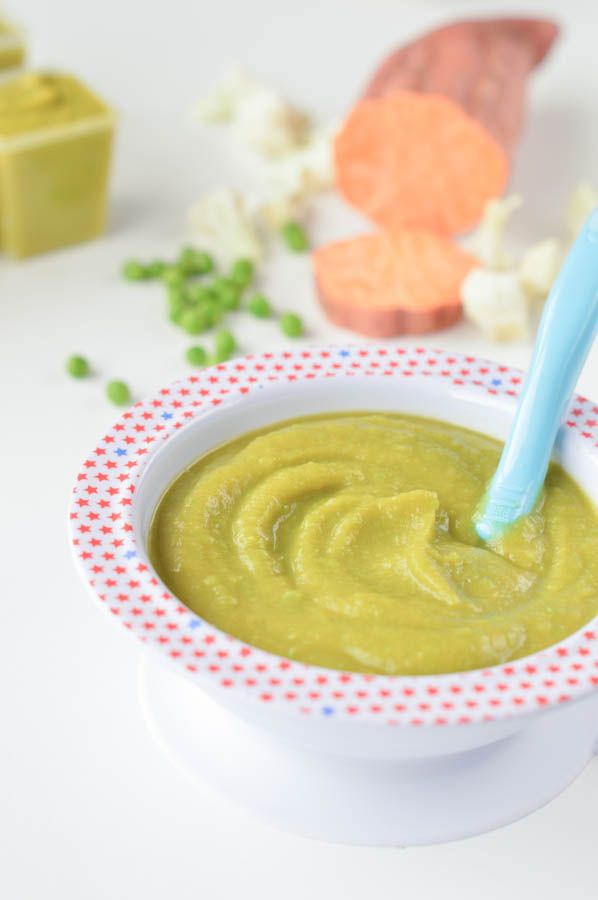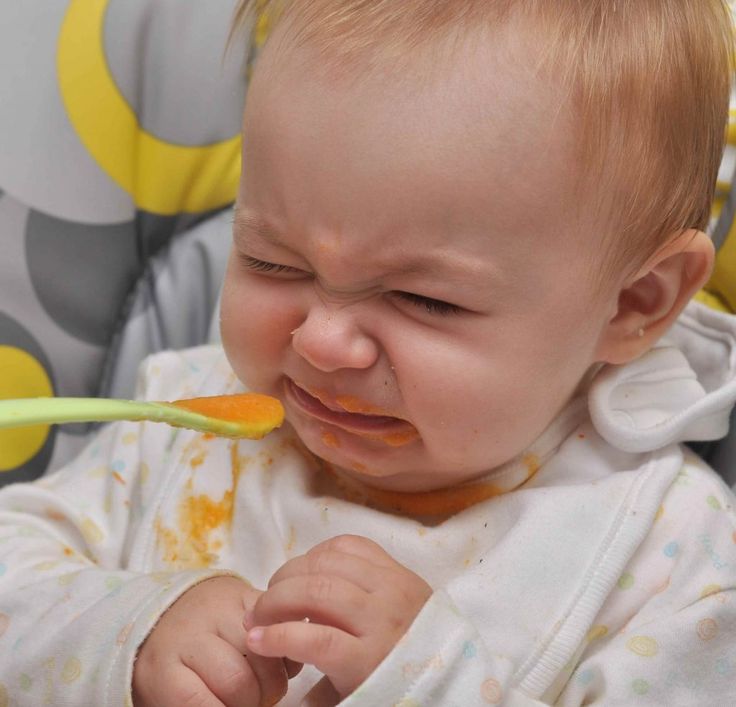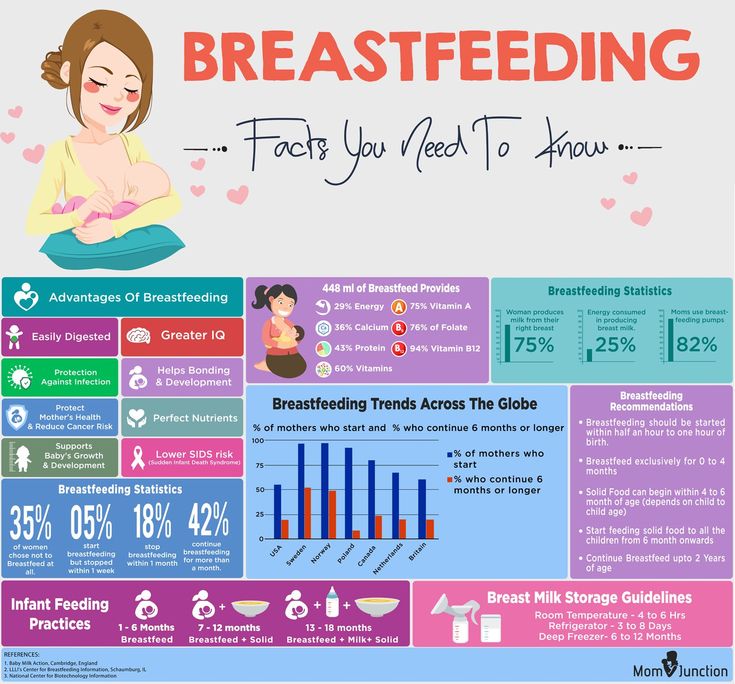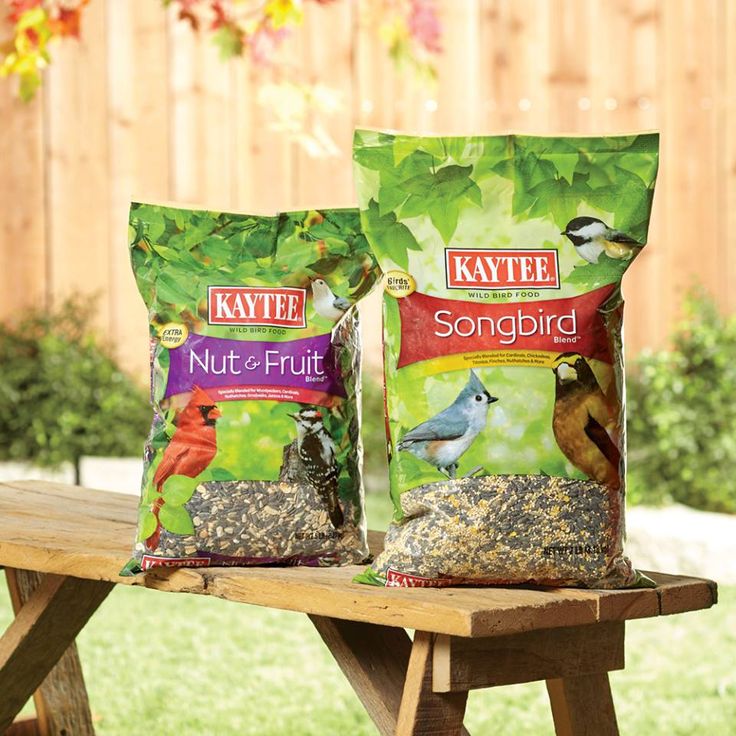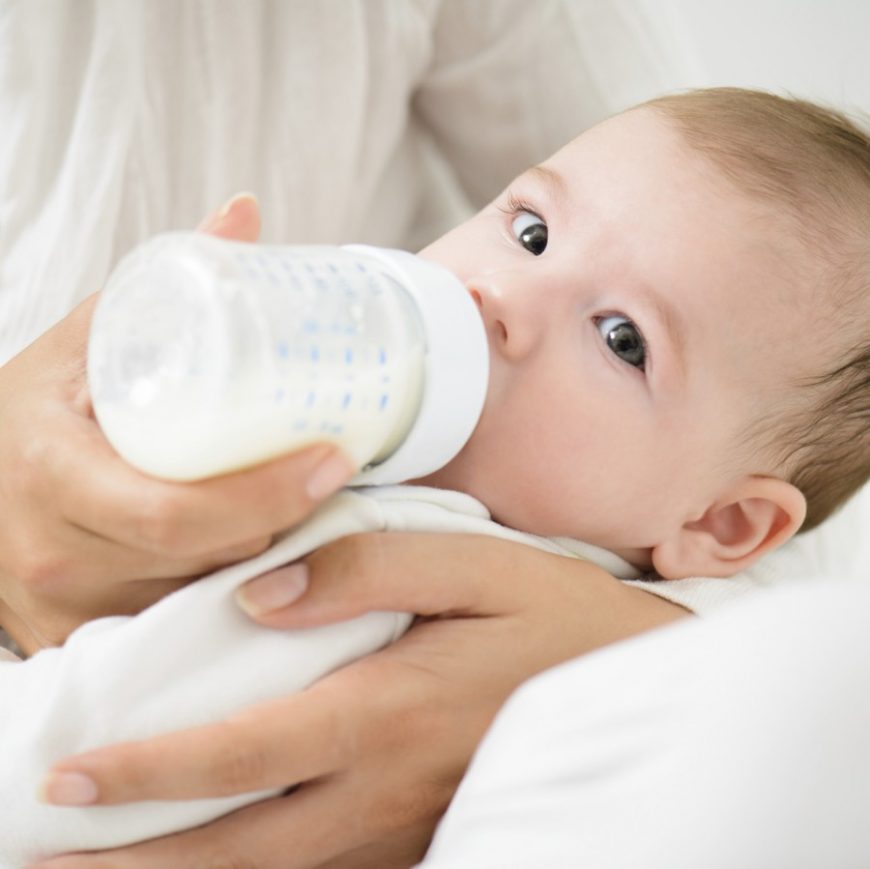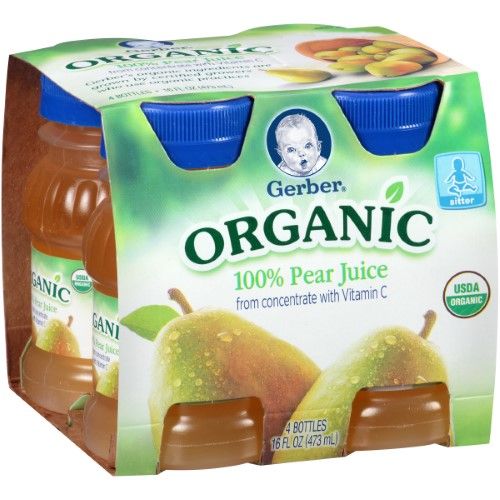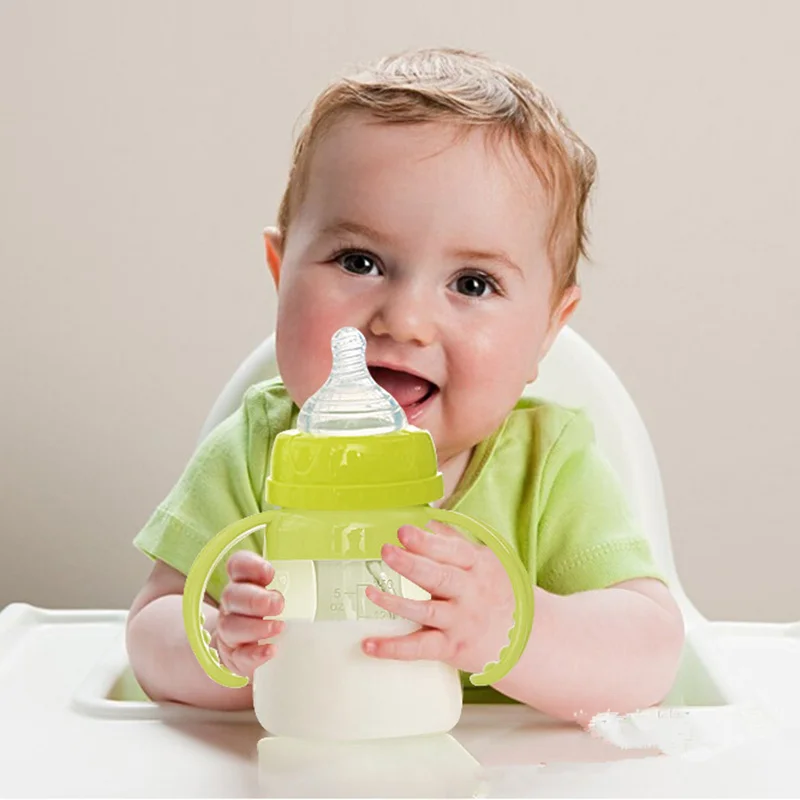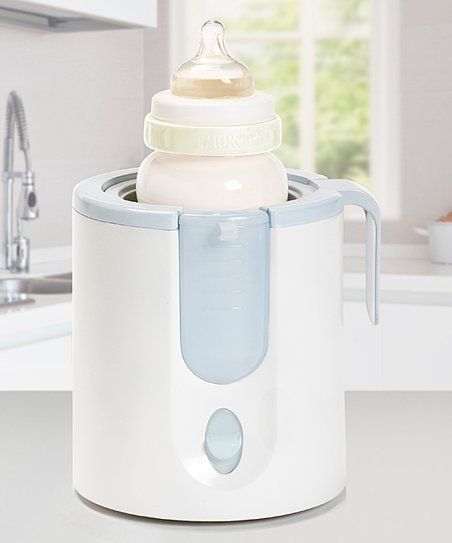Stage 2 baby food ideas
18 Amazing Stage 2 Baby Food Purees (6-8 months)
Home » Feeding Style » Baby Food Purees » Stage Two » 18 Amazing Stage 2 Baby Food Purees
18 Amazing Stage 2 Baby Food Recipes that will rock your baby’s taste buds! These colorful homemade combination purees are full of flavor, and nutrients and are a fun way for your baby to experience the wonderful world of food, one which they will never forget. It’s going to be a foodie trip of a lifetime, so pack baby’s spoon and away we go! Great 6+ month baby food, or Stage Two Baby Food.
Medically reviewed and co-written by Jamie Johnson, Registered Dietitian Nutritionist (RDN), and Lauren Braaten, Pediatric Occupational Therapist (OT).
Combination Baby Purees
Now that your baby has made their way through some or all of these delicious stage one purees, they can now move on to the more exciting world of combination purees (or stage two purees)!
With a few exceptions, most foods are now for the eating! Curry, kale, mangos, raspberries, beef, vanilla beans, asparagus, tandoori and even salmon can be on the menu.
So it’s time to tempt baby’s taste buds and start developing their palettes to love foods that are fresh, colorful, and full of good-for-you nutrients.
Looking for even more baby food ideas? You can also check out my best-selling cookbook for even more information and recipes.
Stage Two Broccoli, White Bean and Apple Puree
Watch this video to see how easy it is to make a stage two puree!
Frequently Asked Questions
What is a Stage Two Puree?
Stage 2 Baby Purees, or Combination Puree, are made with multiple ingredients such as fruits, vegetables, grains, yogurt, meats, spices, and herbs. Stage 2 Purees are still smooth but are usually thicker in consistency than Stage One Purees.
When should I move to Stage 2 purees?
It is safe for you to move on to Stage Two Purees after your baby has tried several single-ingredient Stage One purees and you feel comfortable with your baby having more exposure to a variety of foods. This transition from Stage One to Stage Two purees usually happens between 6-8 months.
This transition from Stage One to Stage Two purees usually happens between 6-8 months.
These tools will make it a lot easier to make homemade baby food purees. For more of my favorite kitchen tools make sure to check out my shop.
- blender or food processor
- baking sheet
- saucepans
- knives
- veggie peeler
- spatula
- freezer tray
- storage containers for fridge
- stasher bag
- reusable pouches
- baby food maker
How to Make Stage Two Purees
There are two different strategies you can take when making homemade stage two purees – the first one is taking single-ingredient purees and combining them when thawed into a delicious new combination puree. For example – you can take 2 frozen cubes of broccoli puree and 1 frozen cube of apple puree, thaw them and then mix together to get a new combination puree for baby! Below I will give you some ideas on what you can do with any freezer stash you have on hand.
The second method is to cook delicious combination recipes that combine fruits, veggies, spices, grains and proteins in new and interesting ways for your baby. Below I have listed 18 fan-favorite recipes that have wowed babies for years!
Easy Combination Purees
- Apple + Carrot
- Banana + Avocado
- Carrot + Sweet Potato
- Broccoli + Apple
- Mango + Yogurt
- Green Beans + Banana
- Pear + Strawberry
- Peas + Broccoli
- Blueberry + Oat Cereal
- Sweet Potato + Strawberry
- Blueberry + Banana
- Peach + Strawberry
- Mango + Squash
- Broccoli + Quinoa Cereal
- Broccoli + Green Bean + Pear
- Squash + Banana + Sweet Potato
- Strawberry + Rice Cereal + Carrot
- Peas + Pears + Broccoli
- Avocado + Strawberry + Oat Cereal
Every recipe below has specific instructions on how to store that particular puree, but these are the general guidelines.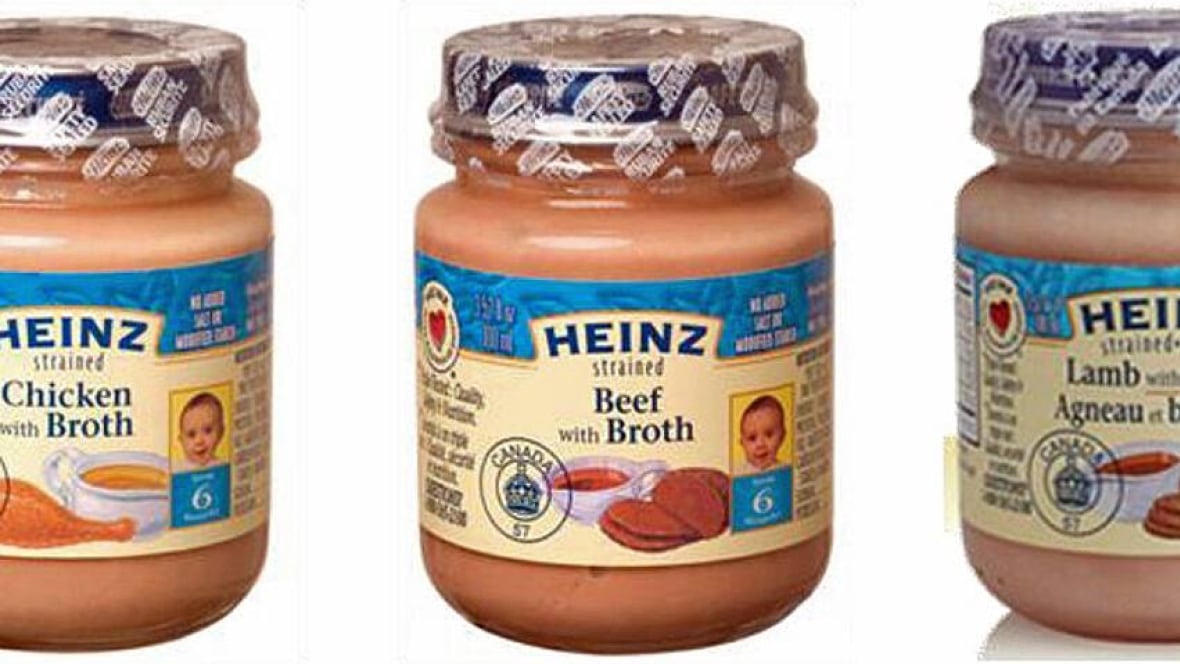
You can store the puree in an airtight container in the fridge for up to 4 days.
FreezerMost homemade puree can be frozen for up to 4 months.
- Spoon puree into a freezer storage container. Do not overfill.
- Place the lid on the storage container or cover with a piece of saran wrap, and label with the date and recipe name.
- Place the tray into the freezer and let it freeze completely — preferably overnight.
- Pop-out the baby food cubes and place them in a ziplock baggie or stasher bag. Don’t forget to relabel the baggie or stasher bag for future reference.
Need more information on how to store your baby foods? Head over to my Best Baby Food Storage Containers – Plus 6 Tips on Freezing and Thawing post!
Feeding Tips
- Try adding a little seasoning or spice to purees – babies like flavor! Or consider changing the temperature of purees from time to time, to slightly warmed or slightly chilled.
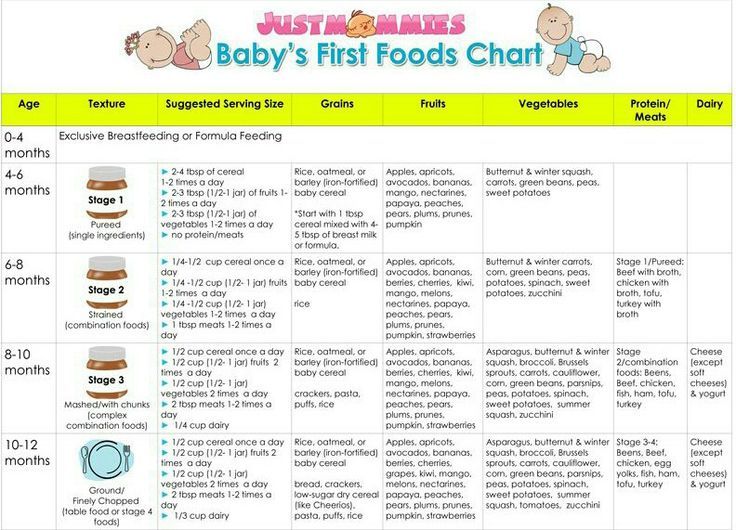 Varying these aspects adds to the sensory experience!
Varying these aspects adds to the sensory experience! - Place a small amount of puree on the tray during spoon-feeding, so that your baby can dip their fingers or hands in the puree. Allowing your baby to explore foods in this way helps them learn to self-feed and can help them be more willing to try new textures and foods in the future.
- Have a spare spoon (or three!) – even very young babies often want to be involved in feeding themselves as much as possible. Giving your baby an extra spoon to hold can be helpful in giving her a sense of control and also promotes hand-eye coordination. Allow your baby to use spoons as a teether during the meal. There are many great options out there but a few we particularly love include the Olababy 3 Piece Set, the NumNum Pre-Spoon GOOtensils, and the ChooMee FlexiDip Baby Starter Spoons.
- Purees are great to keep in your baby’s regular rotation of foods – but if you start feeding with traditional weaning using purees, make sure to progress beyond eating ONLY purees.
 Once your baby can safely and comfortably swallow purees (usually by 7 or 8 months) it’s time to introduce other textures, such as teething biscuits and soft-cooked finger foods. Moving onto additional textures in a timely manner may help prevent feeding difficulties at a later age.
Once your baby can safely and comfortably swallow purees (usually by 7 or 8 months) it’s time to introduce other textures, such as teething biscuits and soft-cooked finger foods. Moving onto additional textures in a timely manner may help prevent feeding difficulties at a later age.
Broccoli, Apple + White Beans Baby Food Meal
5 stars (16 ratings)
This broccoli, apple and white beans recipe can either be made as a puree for your littlest or served as baby led weaning. Made with just 3 simple ingredients, the plant based puree, or the finger food, is all made in one pot. The puree is great for make ahead freezer baby meals.
Get the recipe
Chicken, Squash + Cauliflower Baby Food Meal
5 stars (6 ratings)
This sheet pan meal is so easy, and it makes a smooth, easy to eat puree or is ideal for baby-led weaning. Chicken, squash and cauliflower baby food is ideal for make ahead meals for your little ones and full of healthy and natural ingredients.
Get the recipe
Mango + Kale Baby Food Puree with Ginger
4.84 stars (6 ratings)
This puree has it all – super sweet mango, healthy superstar kale and a pinch of tummy yummy ginger that will leave your baby happy and healthy!
Get the recipe
Banana, Cherry + Beet Baby Food Puree
5 stars (8 ratings)
This intensely colored Banana, Cherry and Beet Baby Food Puree is full of fiber, potassium, antioxidants and a vast amount of other essential vitamins and minerals for baby.
Get the recipe
Cauliflower, Apple + Tandoori Baby Food Puree
No ratings yet
This Cauliflower, Apple + Tandoori Baby Food Puree finds the perfect balance of sweet, tangy with a slight kick from the tandoori. Great way to introduce baby to the bold and exotic flavor profile of tandoori.
Get the recipe
Roasted Root Veggies + Thyme Baby Food
5 stars (6 ratings)
This golden yellow puree is filled with roasted carrots, sweet potatoes, parsnips, and beets and sprinkled with a little olive oil and thyme for a delicious and healthy baby puree meal!
Get the recipe
Blueberry Chickpea with Rosemary Baby Food Puree
5 stars (38 ratings)
This puree is packed with antioxidants, fiber, Vitamin A and C from the blueberries and protein, zinc, manganese, folate and iron from the chickpeas. All of that goodness packed into a super simple and delicious puree!
All of that goodness packed into a super simple and delicious puree!
Get the recipe
Spiced Pear Oat Baby Food Puree
5 stars (14 ratings)
Loaded with fiber, complex carbohydrates and anti-inflammatory support for a busy baby. Great Stage 2 or 3 baby food.
Get the recipe
Roasted Strawberry + Salmon Baby Food Puree
4.71 stars (17 ratings)
This Roasted Strawberry + Salmon Baby Food Puree is loaded with healthy omega-3's, antioxidants, vitamin A and potassium, and is perfect for both babies and toddlers!
Get the recipe
3 Berry + Apple Baby Food Puree
5 stars (4 ratings)
This puree that is bursting with essential nutrients for growing baby – fiber, antioxidants, phytoflavinoids and countless other vitamin and minerals.
Get the recipe
Carrot, Corn & Pumpkin Baby Food Puree
5 stars (9 ratings)
This comforting fall flavored Carrot, Corn & Pumpkin will surly be a winner with baby’s expanding tastebuds. And since it is filled with nutrients that help boost baby’s eye, nerve, bone and brain development, it will be a winner with mom as well.
And since it is filled with nutrients that help boost baby’s eye, nerve, bone and brain development, it will be a winner with mom as well.
Get the recipe
- 1 cup blueberries
- 1 cup chickpeas, strained and rinsed
- pinch fresh rosemary, coursely chopped
In a blender or food processor, add in the blueberries, chickpeas and rosemary.
For a smooth stage 2 puree, puree on high for 1-2 minutes or until completely smooth, adding in 1 tbsp of water at a time to achieve this consistency.
For a chunky stage 3 puree, pulse for 10 seconds at a time, scraping down sides every 30 seconds and stopping when you have desired consistency, adding in 1 tbsp of water at a time to achieve this consistency.
Age: 6+ months
Yield: 12 ounces
Storage: Fridge – store in an airtight container in the fridge for 3-4 days. Freezer – can be frozen for up to 1 month.
Freezer – can be frozen for up to 1 month.
Blender
Freezer Tray
Bumkins Sleeved Bib
EZPZ
Did you make this recipe?
Tag @babyfoode on Instagram and hashtag it #babyfoode!
Pin Recipe Email a Friend
Broccoli, Apple + White Beans Baby Food (Puree or BLW)
Home » Feeding Style » Baby Food Purees » Stage Two » Broccoli, Apple + White Beans for Baby (Puree or Baby-Led Weaning)
by Michele Olivier on June 22, 2020 (updated May 23, 2022)
Jump to RecipeJump to Video
5 stars (16 ratings)
This Broccoli, Apple and White Beans baby food recipe can either be made into a stage 2 puree, served as finger foods for baby-led weaning or even served to toddler as an easy meal. Made with just 3 simple ingredients, the plant-based meal, is all made in one pot. Great for babies 6 months and up!
One-Pot Meal for BabyThis is such a great two in one (or one in two!) recipe that’s ideal if you are feeding baby combination purees as well as starting to ween them onto finger foods.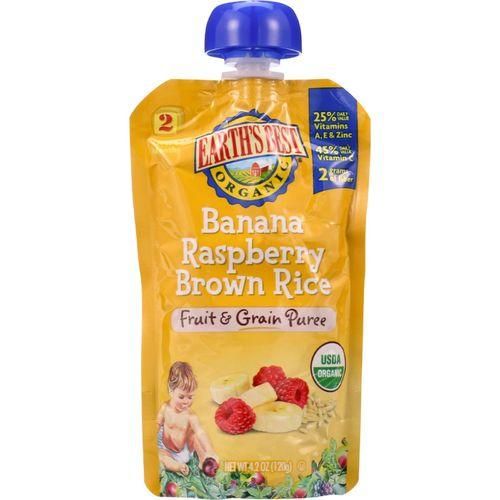 This recipe is also great for families doing baby-led weaning!
This recipe is also great for families doing baby-led weaning!
Purees or Baby-Led Weaning – this recipe is prefect for whatever your feeding style is 🙌!
Made with wholesome and nutrient-dense ingredients🥦, your little one will love this protein-packed meal!
Even better news for us moms…you only need one pot and both options take less than 20 minutes to make⏰.
The puree freezes so well too, which is such an important time saver!
Reasons to Love this Meal for Baby- can be made into a combination puree – stage 2
- can be served as a finger food for baby-led weaning
- pair with a fun dip for an easy toddler meal
- great for 6 months and up
- full of fiber, iron, protein and
- 3 simple ingredients
- one-pot meal
- made in less than 20 minutes
- the puree is freezer-friendly
- plant-based meal for baby
Broccoli Apple Baby Meal Video
Watch this video to see how easy this meal for your baby is to make!
IngredientsMake sure that your broccoli and apple are fresh and ripe, and use organic if you are able.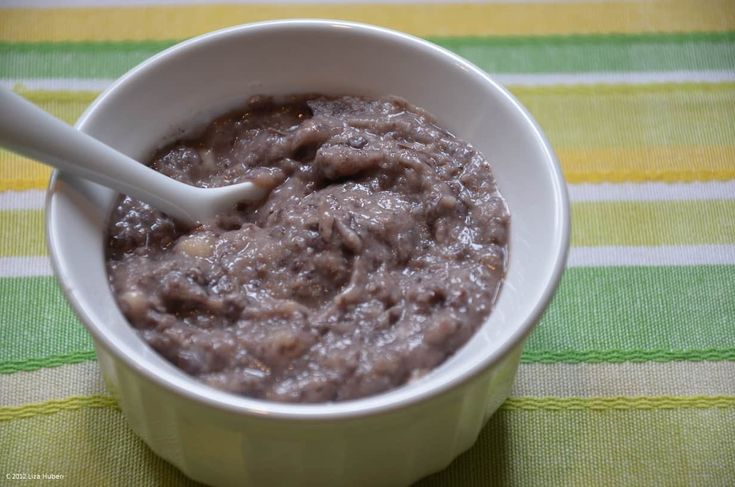
- Broccoli: This nutrient dense green veggie is a great source of fiber and protein and contains a tonne of vitamins like A, B, C, E and K. It helps to build strong bones and also contains folic acid.
- Apple: As well as adding a little sweetness, the apple also adds fiber, maganese and copper, as well as vitamins A, C and E.
- White Beans: White beans are loaded with nutritional benefits and they are a great food to introduce your little ones to. Packed full of fiber and protein, folate and magnesium as well as a host of other micronutrients like copper and zinc. Common white beans are cannellini (or white kidney) and Great Northern beans.
- In a medium saucepan, bring 2 inches of water to a boil. Place all of the ingredients into a steamer basket, cover and cook for 8-10 minutes or until apples and broccoli can be easily pricked with a fork.
- Let cool slightly.
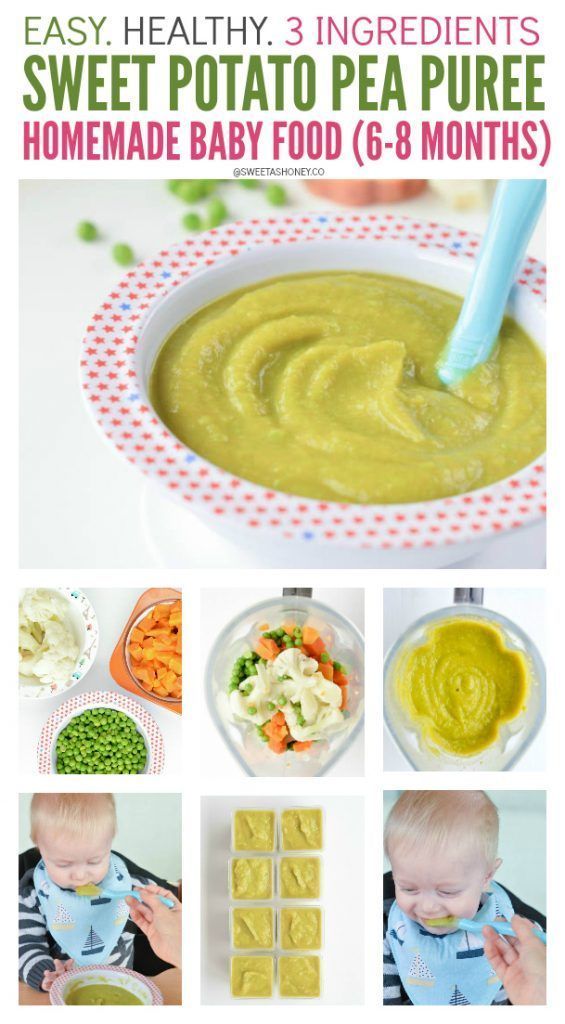 Reserve steamer water if you are making the puree.
Reserve steamer water if you are making the puree.
- Transfer all of the ingredients into a blender or food processor and puree for 1-2 minutes, adding water in 1/4 cup increments if needed.
- Let cool.
- Serve in long 2-3″ strips or chop into “pea” size pieces.
- Smash the beans to make them easier for baby to pinch and self feed.
This recipe makes about 20 ounces of puree, which is enough to serve for the next couple of days and freeze some for later. Make sure that the puree isn’t too hot before placing a serving in your baby’s favorite bowl.
Baby-Led Weaning or Finger FoodsTo serve as a finger food, place on a plate and serve to baby. I like to gently smash the cooked beans so they are a little easier to grip for baby.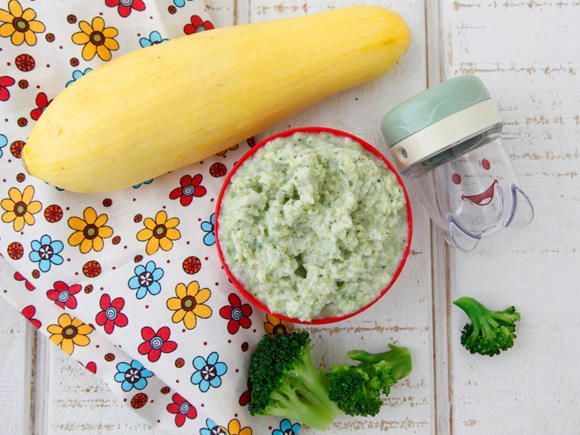
Both the finger food and the puree can be stored in a baby food container in the fridge for up to 4 days.
The puree can also be frozen for up to 4 months and thawed in the fridge to serve.
More Recipes Your Baby will Love- 18 Stage 2 Baby Food Purees (That Baby Will Actually Eat)
- 9 Best Organic Baby Food Pouches (expert review)
- 18 Breakfast Ideas for Baby (6+ months)
- 125 Baby Led Weaning Foods (Starter Foods + Recipe Ideas)
- Freezer-Friendly Spinach Waffles for Baby + Toddler
- Medium Saucepan
- Steamer Basket
- Blender or Food Processor
- Freezer Tray
- Storage Containers for Fridge
I’D LOVE TO KNOW HOW IT TURNED OUT! LEAVE A COMMENT AND A ⭐️ RATING BELOW 👇
- 2 cups broccoli florets
- 1 apple, peeled, cored and sliced
- 1/3 cup white beans, rinsed
In a medium saucepan, bring 2 inches of water to a boil. Place all of the ingredients into a steamer basket, cover and cook for 8-10 minutes or until apples and broccoli can be easily pricked with a fork. Let cool slightly. Reserve steamer water.
For a Baby Food Puree – transfer all of the ingredients into a blender or food processor and puree for 1-2 minutes, adding water in 1/4 cup increments if needed.
To serve as a finger food or Baby-Led Weaning, place on a plate and serve to baby. I like to gently smash the cooked beans so they are a little easier to grip for baby.
Age: 6 months and up
Yield: 8 large baby-led weaning servings or roughly 20 ounces of puree
Storage: Finger foods and purees can be stored in an air-tight container in the fridge for up to 4 days. The puree can also be frozen for up to 4 months (this and this are my favorite freezer storage containers).
Favorite Kitchen Tools: Get a list of my favorite kitchen tools to make the best baby food here!
Serving: 1serving, Calories: 50kcal, Protein: 2.7g, Fat: 0.2g, Sodium: 9mg, Potassium: 253mg, Fiber: 2.6g, Sugar: 3.5g, Calcium: 31mg, Iron: 1mg
Did you make this recipe?
Tag @babyfoode on Instagram and hashtag it #babyfoode!
Email a Friend
Stage 2 baby food: what is it, when to start and what options to try
Contents
- What is stage 2 baby food?
- Identification of stages by brand
- What is the difference between stage one and stage two meals?
- When and how should I start feeding my baby 2nd stage complementary foods?
- What are your baby food options for stage 2?
- Store-bought baby food stage 2.
- Homemade baby food stage 2
- Store-bought baby food stage 2.
- Conclusion
Accompanying your child through the different stages of learning how to eat real food is an exciting journey. Sometimes, along with a sense of pride - - you can feel a little confused. How should you navigate milestones?
What is stage 2 baby food?
Let's start from the beginning: what do the stages of baby food mean?
Rome wasn't built in a day, and your child's digestive system won't jump from liquid to solid in one day either. That's what baby feeding stages are for - to help your baby manage the mechanics of eating and ease the transition to your baby's digestive system.
Defining milestones by brand
Although the different baby food steps are not standardized (if they were, your life would be easier!), most popular brands more or less follow these four steps:
- Step 1: From 4 up to 6 months (single ingredient watery puree)
- Stage 2: 6 to 9 months (thicker texture, strained or puréed)
- Stage 3: 10 to 12 months (porridge with soft chewy small pieces )
- Stage 4: After 12 months (food that you can eat with your fingers and small soft pieces of food that you share with your dinner)
What is the difference between eating the first and second stages?
Stage 1 food is quite watery. They turn into a smooth paste that runs off a spoon easily, so stock up on bibs. These products usually consist of one ingredient: oatmeal, apples, carrots. Your child will start eating about half a teaspoon of this.
They turn into a smooth paste that runs off a spoon easily, so stock up on bibs. These products usually consist of one ingredient: oatmeal, apples, carrots. Your child will start eating about half a teaspoon of this.
Stage 2 food becomes more exciting. They are strained or ground into a thick paste. They are made from a combination of foods that can include legumes and even meat or fish. They can combine flavors, such as fruit and vegetable blends. Your child's appetite is growing and you will have to keep up with larger portions.
When and how should I start feeding my baby 2nd stage complementary foods?
Around the age of 6 to 9 months, your baby is probably ready to switch to stage 2 complementary foods. Not every child will stick to this schedule, simply because every child is a separate world.
Here are a few signs that your baby is ready to move on:
- Tongue reflex: At around five months, your baby will begin to lose the tongue thrust reflex and will not immediately push out the food you are trying to feed.

- More Please: They will easily eat the first stage foods and look hungry to eat more.
- Variety: They ate foods from all food categories (vegetables, fruits, legumes, grains, meat) and showed no allergies or intolerances.
- Delight: They easily eat a spoonful of food in stage 1, swallow and swallow with pleasure.
At this exciting stage, feel free to give your child most of the foods. By offering them a wide range of flavors and textures, you give them the foundation for a healthy diet and also make it easier for you. Be aware of the following safety considerations:
- Choking Hazard: Avoid nuts, seeds, and popcorn at this stage. And don't forget to cut round foods like grapes and hot dogs lengthwise.
- No honey: Babies under 12 months old should not be given honey as it can lead to botulism.
- No Juice: Follow AAP guidelines and stick to breast milk, formula or a little water and stay away from juices.
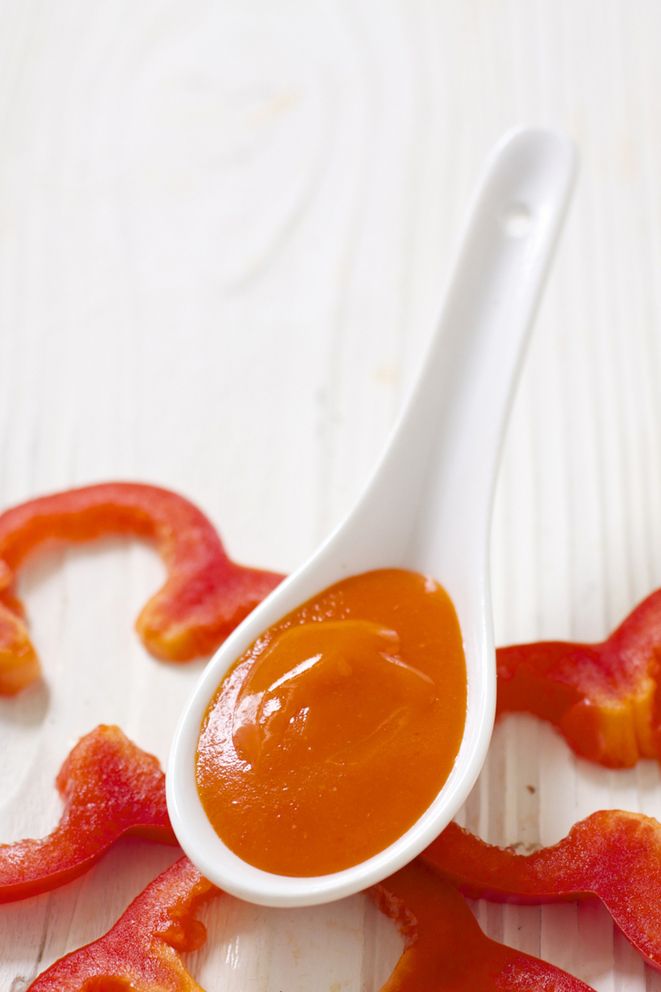
- Safe Feeding: Always fasten your child to a high chair and supervise him while he eats.
And if you're curious about peanuts, here's the scoop: 2017 National Institutes of Health report suggests giving babies peanut-containing foods as early as 4 months of age. (Wait up to 6 months for children with mild to moderate eczema.)
Surprised? Do not be. A recent study showed that Israeli children rarely suffer from peanut allergies because they have been chewing bamba, a peanut-based snack, as early as 3 months old. Talk to your doctor about safe ways to include peanut products in your baby's diet.
What are your baby food options for stage 2?
What is included in the stage 2 baby food menu? Basically, you can go the store or home route. Or you can mix both depending on how much time you have. It depends on you and your personal schedule.
Here are some delicious ideas for both.
Store-bought baby food stage 2.

- Plum: These organic blends come in easy-to-carry bags. Try pear, spinach and peas, or banana and pumpkin.
- Beech-walnut: Available in tins and bags. Serve a few apples and bananas or pineapple, pear and avocado.
- Best in the world: Another organic option, in bags or jars. Try sweet potatoes, barley and chickpeas, or pasta with tomatoes and white beans.
- Gerber: A classic served in plastic jars, jars or bags. Flavor combinations include peach mango and dinner with oatmeal or chicken noodles.
Remember to keep an eye on your baby while he is eating. Bags are convenient, but caps can be a choking hazard. Glass jars can break, so keep them out of the reach of children. Your child should always enjoy snacks and meals under close adult supervision.
Homemade Baby Food Stage 2
Cooking up a storm for your baby's nascent taste buds doesn't have to be a daunting task at this stage.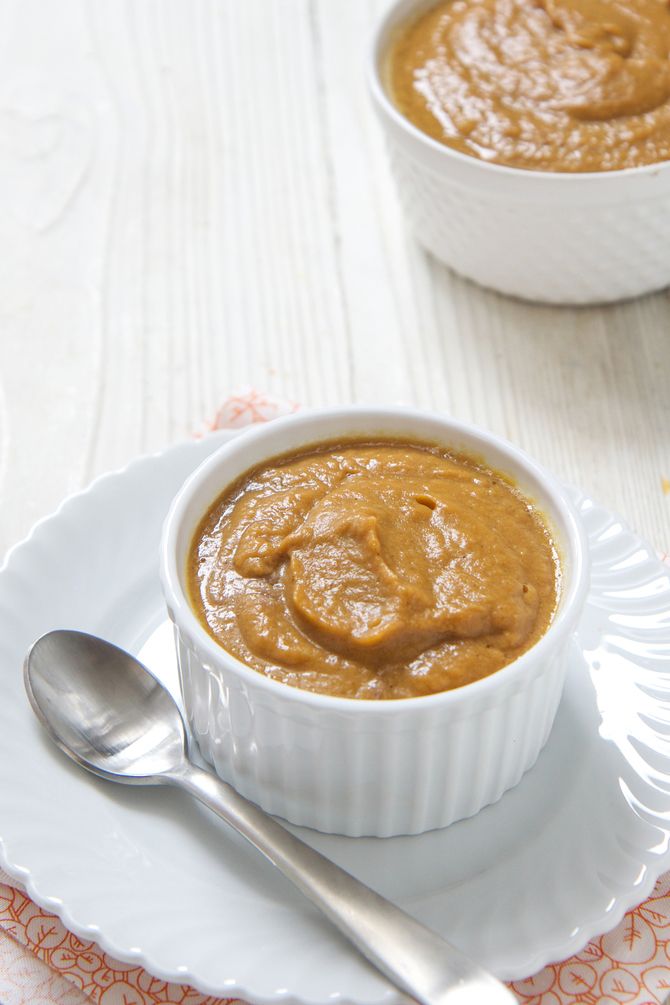 Here are some recipes to help you. (You can find more baby food recipes here.)
Here are some recipes to help you. (You can find more baby food recipes here.)
Don't skimp on spices and herbs: your little one will appreciate the extra flavor and the micronutrients they contain will boost their immune system.
- Apple, walnut and carrot: Cook the ingredients until they are soft when checked with a fork. Drain off some of the water, but set it aside in case you need to dilute the mixture. Sprinkle with a little curry and stir.
- Blueberries and chickpeas: You can make your own chickpeas or use ready-made ones to save time. Mix equal amounts of blueberries and chickpeas. Mix and add breast milk, formula, or water to get the right consistency. You can also add some rice for added appeal and texture.
- Salmon with fried zucchini and fennel: Drizzle salmon and vegetables with oil and roast for about 15 minutes. Add chopped parsley and stir. You can dilute formula with breast milk, formula, or water.
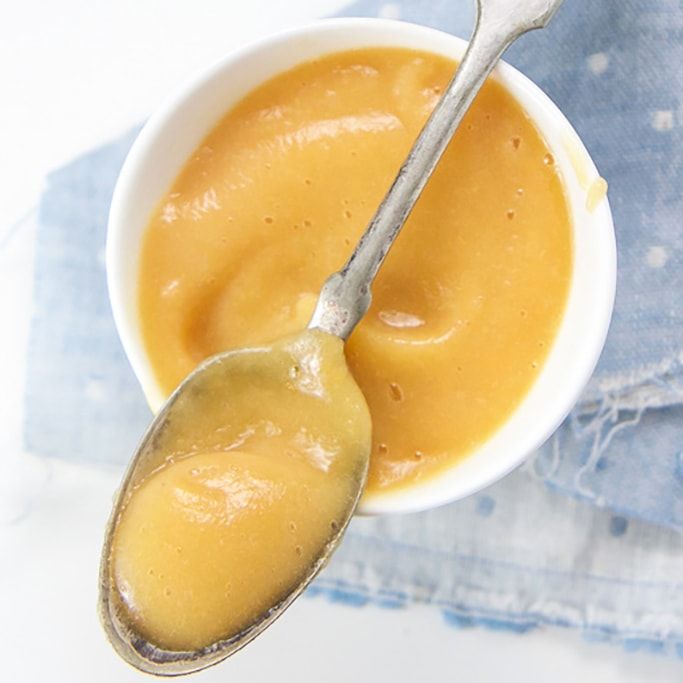
Conclusion
Enjoy this stage with your child because he will soon move on to the next stages. And then, sooner than you think, you may face competition for the last slice of caramel cheesecake.
Baby food leftovers - Encyclopedia Baby food
Victoria Levchuk©Offering tons of ideas and recipes for using leftover baby food, as well as tips on how to safely store leftover baby food.
Store-bought puree can be stored in the refrigerator for up to 24 hours. At the first feeding, a jar of baby food is opened each time a new one, with the introduction of 2-3 new products, you can store baby puree in the refrigerator for 24 hours and give the baby during this period. The main thing is to let the child adapt to a new product without pathogenic organisms inside the baby puree for the first time, which appear during long-term storage in the refrigerator.
Usually, when a certain amount of complementary foods is introduced into the child's diet, mothers transfer the baby to homemade baby puree, which is prepared every day, after 8-9months - every other day.
Good to know!
- How to make baby puree thick in consistency
- Clean Plate Syndrome - why it is harmful to force a child to finish eating.
- Tasty tales, if the child does not eat well - fairy tales that can be read to the baby.
- Fish food is all about introduction to fish food.
- Day 1: Child's breakfast - a step-by-step guide for parents on how to return healthy food to the family.
Leftover baby food, both industrial and homemade, can be easily frozen and used within 3 months of freezing. The main thing is to follow all the rules and regulations for freezing baby food, which can be read here.
And now let's get down to the most interesting part of how to use leftover baby food, we'll describe everything in more detail.
Contents:
Can leftover baby food be reused? Yes, if the product is not a first food and is not contaminated. If the baby was fed directly from the jar, and a spoon that was in the child’s mouth often fell into it, you need to throw away the baby food or finish eating it yourself. Microbes from a child's mouth can make baby food an ideal breeding ground for pathogens.
Microbes from a child's mouth can make baby food an ideal breeding ground for pathogens.
If the jar was warmed up with baby food, then it is also better to refuse long-term storage of baby puree. But if the right amount of baby food is laid out with a clean spoon on a plate, and then immediately closed with a lid and put in the refrigerator, then baby puree can be used within 24 hours from the moment the jar is opened.
Leftover baby food can be used within 24 hours or frozen for up to 3 months.
How do I store leftover baby food? Homemade baby food is best stored in small containers with tight lids. Store-bought baby food is best stored in the same glass jar it was sold in. It is best to freeze baby food in special freezer jars or ice molds to make small cubes. Once they are frozen, transfer the cubes to a bag and leave in the freezer. Be sure to note the date of freezing baby food.
What can be made from leftover baby puree:
1. Leftover fruit baby food can be used as regular breakfast jam, or simply spread on bread or toast with baby puree. Various spices can be added to these baby purees to enhance the taste, for example, cinnamon can be added to applesauce.
Leftover fruit baby food can be used as regular breakfast jam, or simply spread on bread or toast with baby puree. Various spices can be added to these baby purees to enhance the taste, for example, cinnamon can be added to applesauce.
2. Mix baby food fruit puree with oatmeal, yogurt, cottage cheese or milkshake. Perfect for smoothies, the remains of baby porridge for thickening, will also add nutrition and nutrients.
3. Add leftover fruit puree to a cake or any other pastry. Baby food adds moisture and extra flavor to the flour product. You can make cookies, cake, pancakes or bread.
4. Use fruit puree as jam and dip crackers or other pieces of fruit into it.
5. Use leftover applesauce to make homemade ketchup.
6. Add leftover vegetable puree to tomato sauce and mix with pasta or use on pizza. For example, zucchini or zucchini baby food pairs perfectly with spaghetti sauce.
7. Use leftovers to make mashed potatoes.
8. Use leftover mashed vegetables to make zucchini, carrot or other vegetable pancakes.
9. Mix mashed vegetables with rice to make rice balls or rice cakes.
10. Add leftover vegetable puree to the omelet.
11. Add vegetable, meat and fish purees to soup, stew.
12. Use leftover mashed meats to make baby meatballs or baby burgers.
13. Use baby food puree to make savory muffins with meat, vegetables and cheese.
14. Marinate meat in leftover baby puree for a rather savory dish.
15. Fish complementary foods are ideally combined with cereals, for example, if you mix the leftover red salmon from a jar with boiled buckwheat, you get an amazingly tasty adult dish. Sometimes we just buy a couple of cans of salmon to eat with buckwheat, although we are already big.
Where else can you use leftover baby puree?
1. The leftover baby porridge can be used as a face mask, or put into the leftovers directly into the bath and take it. For example, oatmeal is good for soothing irritated skin, and is suitable as an excellent light peeling.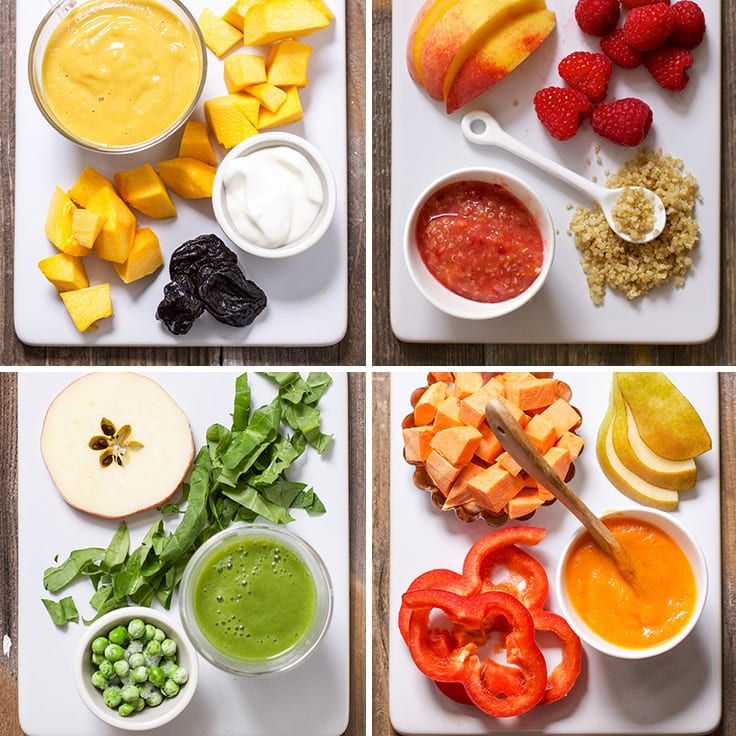
2. Mix any leftover baby food with essential oil (a couple of drops) and add a scrub ingredient, mix everything. Use within a week. Sugar, salt, coffee, coconut flakes, tangerine or orange peels, etc. can be used as a scrubbing ingredient.
3. Use leftover baby food as sensory material, the baby can get used to the textures and feel the food in a small basin.
4. Use instead of paints, give the child a sheet of paper and baby puree, let him draw with his hands. True, the works of the young artist are best thrown away after, and the baby himself is well washed.
Baby food leftovers and the older child
Also, don't forget about the older child, if complementary foods are introduced for the younger one, then the first baby can safely finish the baby purees, especially those he likes. And leftover baby puree is a great way to add some vegetables to your older child's diet. After all, you can do it very discreetly and almost imperceptibly, cook pasta with a unique vegetable puree sauce. Fruit purees can be served to a child with pancakes, hash browns or cookies for breakfast.
Fruit purees can be served to a child with pancakes, hash browns or cookies for breakfast.
You can serve the puree in a separate bowl for dipping the product, or pour the puree over pancakes or make funny faces, etc. Also, oatmeal porridge with a natural sweetener, in the form of fruit puree, is perfect for breakfast. Moreover, baby puree can be kept in the refrigerator for 2-3 days without loss of taste and quality, the main thing is to follow the rules for use, and the older child who has gone through kindergarten is not afraid of such pathogens.
What else to do with leftover baby puree?
Baby food is perfect for losing weight and sick people who, for one reason or another, need to eat pureed food. After childbirth, women are put on a mashed diet temporarily so that the body recovers.
Also, do not forget about pets, who will like the leftovers of baby food, not only meat purees, but also vegetable and fruit, the main thing is to offer.
I also heard that fishermen use baby food as bait for fish, mixing it with cereals and other products.